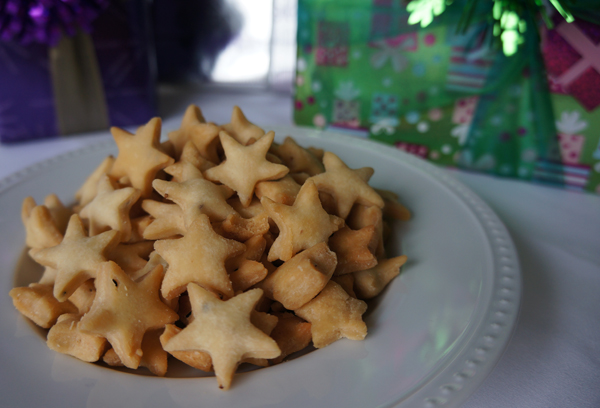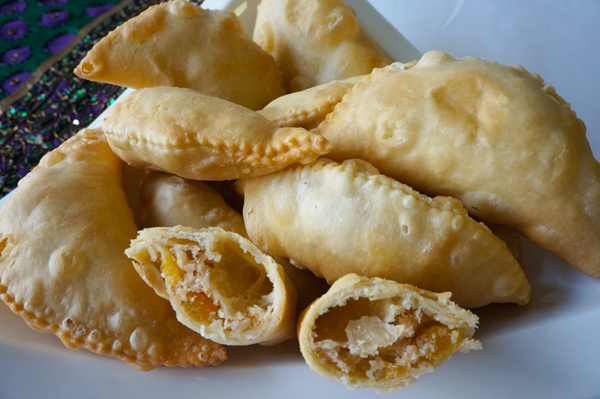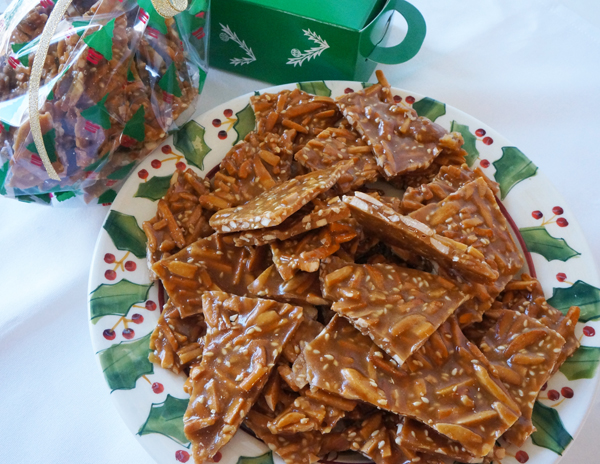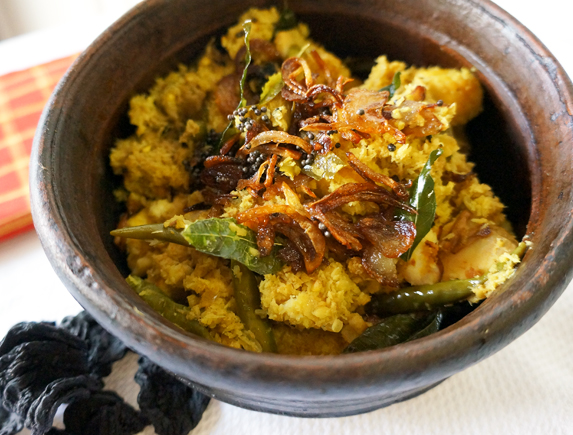 Growing up in Pune, Maharashtra, my family often traveled by train to Mumbai. Traveling by train was always exciting. Whenever we stopped at a station, I would scan the platform, looking for the puri-bhaji and aloo bonda walas (vendors). Puri-bhaji is a quick and satisfying fix for hungry travelers! I remember relishing every bite – an integral part of our trip’s adventure. And as the train pulled away, we eagerly awaited the next station for dessert – the famous Lonavala chikki. Simple pleasures are what some of my memories are made of.
Growing up in Pune, Maharashtra, my family often traveled by train to Mumbai. Traveling by train was always exciting. Whenever we stopped at a station, I would scan the platform, looking for the puri-bhaji and aloo bonda walas (vendors). Puri-bhaji is a quick and satisfying fix for hungry travelers! I remember relishing every bite – an integral part of our trip’s adventure. And as the train pulled away, we eagerly awaited the next station for dessert – the famous Lonavala chikki. Simple pleasures are what some of my memories are made of.
Today, I am sharing a recipe for puris and bhaji. Puris are whole-wheat deep-fried bread, and bhaji is a potato side dish that often accompanies puris. Puris and bhaji can be served as a meal by itself or individually as side dishes. The main ingredients for bhaji are potatoes and onions. I’ve spiced my bhaji recipe with a twist on the train platform offering. Hope you like my version!
For the Puris
2 cups wheat flour (Indian wheat flour or Pillsbury Chakki atta)
2 teaspoons oil
1½ teaspoons salt
¾ cup plus 1 tablespoon of warm water (approximately)
 Put the wheat flour in a large mixing bowl, and make a well in the center of it. Add two teaspoons of oil. Mix the flour, and oil well. Add salt to the warm water, and add it to the flour. Knead to make a stiff dough. Divide the dough into 20 equal sized balls. Cover with a damp paper towel, and let it rest for 15-20 minutes.
Put the wheat flour in a large mixing bowl, and make a well in the center of it. Add two teaspoons of oil. Mix the flour, and oil well. Add salt to the warm water, and add it to the flour. Knead to make a stiff dough. Divide the dough into 20 equal sized balls. Cover with a damp paper towel, and let it rest for 15-20 minutes.
Heat oil for deep frying in a heavy bottomed wok.
With the help of very little dry flour roll each ball into 4” diameter diskettes. Cover them with damp paper towels until all the puris are made. Deep fry on medium-high heat until light brown on both sides.
For the Bhaji
3 tablespoons vegetable oil
1 teaspoon mustard seeds
1 teaspoon cumin seeds
1 teaspoon yellow split peas (Channa dal)
1 teaspoon split black gram (Urad dal)
1 stalk curry leaves
1 teaspoon finely chopped ginger
3-4 finely chopped green chillies (adjust to your taste)
3 cups sliced red onions
3 teaspoons salt
½ teaspoon turmeric
1 diced tomato
4 cups diced boiled potatoes
1 tablespoon finely chopped cilantro
Heat oil in a large pan. Add mustard seeds, and when they splutter add cumin seeds. Lower the heat to medium, and add the yellow split peas, and wait for a minute until they they turn light brown. Add the spit black gram, stir until they also turn light brown. Then add the curry leaves, ginger, green chillies, onion, salt, and turmeric. Saute until the onion turns transparent. Add the tomato, and saute for another two minutes then add the diced potatoes. Mix gently, cover the dish, and let it cook over low heat for five minutes. Serve garnished with chopped coriander.

















